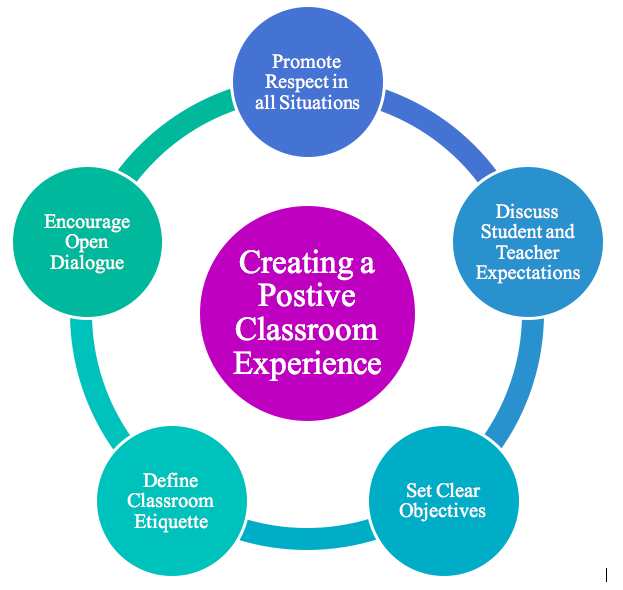If you haven’t gotten a chance to, I highly recommend reading Ralph Brockett’s Teaching Adults: A Practical Guide for New Teachers. Assigned in my Processes and Methods course, it is wonderfully written and addresses many of the common concerns facing new teachers, or those who, after evaluating their current positions, find themselves in this unexpected role.
Even if you have been in this role for years, I think there is some benefit in viewing our students and classrooms through the eyes of someone who learned to teach incidentally. Like many of us, Brockett was asked to facilitate a course without any formal training as an educator. Through years of similar experiences, he has written this book to pass on what he considers the keys to becoming a successful of adults.
In the very first chapter, he describes 7 fundamental aspects of achieving success as an educator and lists them in this easy to remember acronym – TEACHER. For this post, I’d like to focus on respect as a fundamental component to creating a positive classroom environment.
Respecting Your Learners
In my opinion, respect is much easier to demonstrate than it is to describe. It’s inherent in our actions, in the way that we treat and speak to each other and in the way we treat the experiences of others. Your learners are able to discern whether or not you place value on them as individuals through a variety of social cues, included but not limited to whether you show up on time for the course, came prepared, ask them questions or otherwise engage with them before, during, after and even outside of class, and whether you consider answers or feedback that they share with you or dismiss it out of hand.
As an educator, you not only have the opportunity to set the tone with your students from the outset of the course, but also the chance to examine your own expectations of respectful behavior and identify areas in which you further develop. Do you have a tendency to cut people off or formulate answers while someone else is explaining theirs? Would you appreciate this behavior if it came from a student? The likely answer is no, which means that you have some work to do as well.
Be up front with learner about how you will interact with them and hold yourself accountable to the same standards you set for them. If being on time is a sign of respect, then you should be on time (and communicate when the unavoidable happens). If you expect learners to wait for you or another to finish speaking before they can take a turn, you should also be ready to hear everyone out, whether you agree or disagree with their statement.
In addition to your actions, you’ll also need to be aware of your tone of voice and verbal and physical ‘tics’. While you may be trying to convey sympathy or understanding, your learning may interpret it as condescension. At a recent observation, my husband, a Visual Arts teacher, was told that he has specific – and very obvious – facial expressions that indicate when he ‘strongly disagrees’ with someone. I had a similar reaction when someone asked me a question that seemed self-explanatory or that I’d already answered. My knee-jerk reaction was to say ‘if you were paying attention during x,y,z‘ or ‘if you read the assigned reading’, – both of which not-so-subtly imply that it wasn’t my fault if you didn’t understand. I quickly discovered that those responses made my learners feel disrespected, as if I didn’t trust them to do the research, to follow directions, to essentially behave like an adult. I immediately changed my approach to incorporate active listening techniques to demonstrate that I was listening to what they were saying and that I needed more information to help them. Instead of saying ‘if you read the report from Wednesday‘, I’ll ask ‘after reading the report from Wednesday, did you find that x didn’t work as you expected? Can you walk me through what you’ve done so far?’ What this translates to is this: I assume the best of you, I trust that you tried to solve this problem on your own, I’m interested in learning from you and I want to know how I can help.
Whether you’re in a classroom or workplace, setting expectations around how you and your learners will treat each other helps build an environment where people feel comfortable in exploring new material and supported in their journey to grow personally and professionally.




